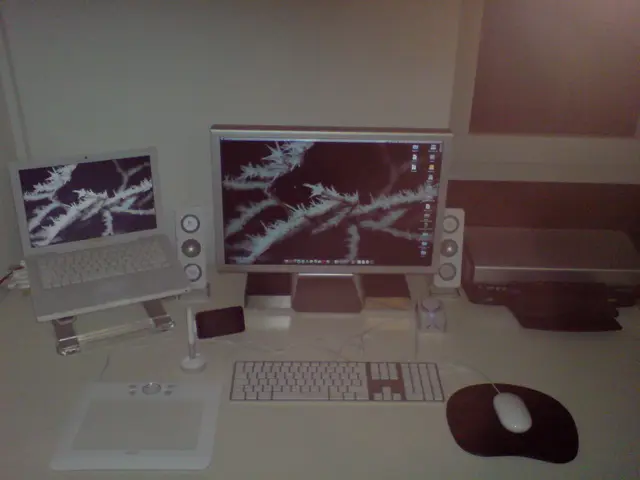SNAPS Project Aims to Power World with Human, Animal, and Machine Movement
Researchers from multiple universities, including the University of Münster and the University of Vienna, are collaborating on the SNAPS project. Their goal? To create a sustainable energy system that generates electricity from human, animal, and machine movements. The project aims to reduce dependence on batteries and power outlets.
The SNAPS system consists of a small generator and matching electronics. These components work together efficiently to adapt voltage, making the system suitable for various applications. It can monitor machines and plants, and even supply energy to tracking chips in dairy farming.
The project seeks to harness the power of movement. Whether it's human footsteps, animal motion, or the hum of machinery, the SNAPS system converts available mechanical energy into usable electricity. This innovative approach could pave the way for self-sufficient and sustainable energy solutions.
The energy harvesters in the SNAPS system are designed with expansion in mind. They can be easily scaled up in size, allowing for increased energy production as needed.
The SNAPS project brings together experts from diverse fields. The University of Münster contributes through interactive learning and One Health research, while the University of Saarland develops lung research platforms that integrate clinical pharmacy and microbiology. This multidisciplinary collaboration aims to advance research and potentially replace animal testing.
The SNAPS project, involving universities like the University of Münster and the University of Vienna, is developing a sustainable energy system. It generates electricity from movement, is designed to be self-sufficient, and has potential applications in various sectors. With its innovative approach and multidisciplinary collaboration, the project holds promise for a future less reliant on traditional power sources.
Read also:
- Development of Restaurant Apps: Expenses and Essential Elements
- European transportation's sustainability and competitiveness rely on a "green industrial agreement" that serves the interests of both corporations and residents, as discussed in an Editorial from August 2024.
- Germany's Auto Production Plunges 29% as Production Shifts East
- Karyn Coates Named ASI's Executive Director for LogoMall, Affiliate Relations, and Membership Information








